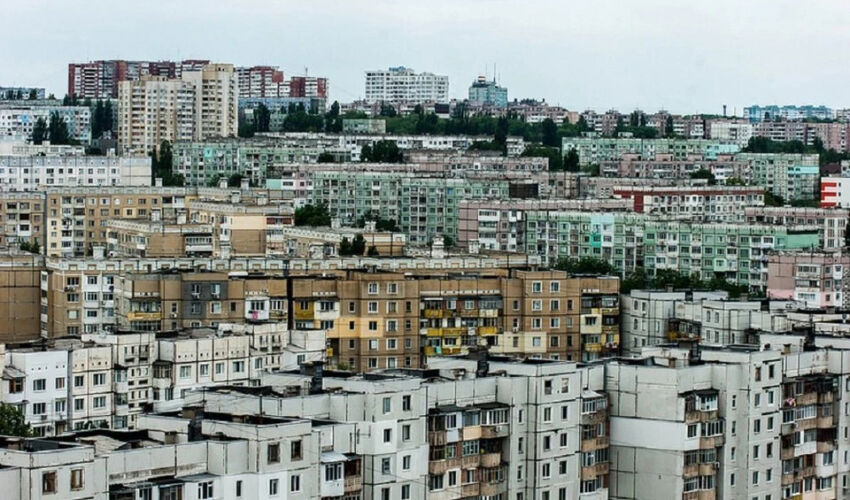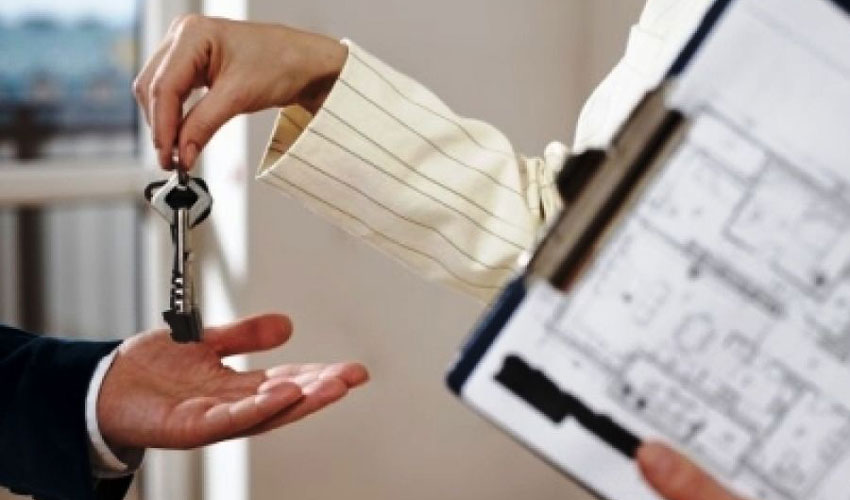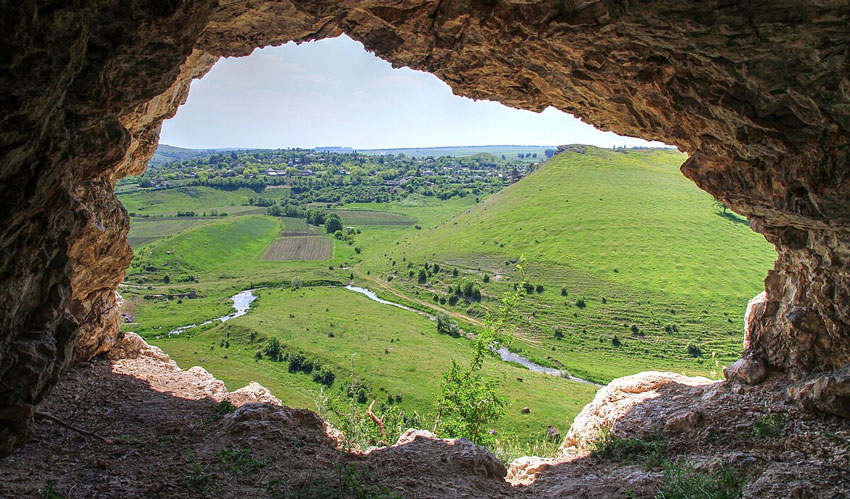
Climate change and global warming, extreme climatic events affect the stability, strength and service life of buildings. Given the location of our country in the seismic zone, the vulnerability of real estate objects to possible earthquakes increases.
In this regard, visual rapid assessment is a simple building inspection procedure that does not require detailed engineering analysis. It is based on information on the impact of past earthquakes on buildings, the results of research in the field of seismic risk, the evolution of technical regulations for seismic design, and the development of construction practices.
Based on the Methodology, buildings will be classified according to their seismic risk and clear priorities will be set for investments in their repair and resilience improvement. First of all, public buildings, apartment buildings and institutions that are crucial in the event of a disaster, such as hospitals, schools and administrative centers, will be surveyed.
Based on a quick visual assessment, technical expertise can be prepared to provide a more accurate picture of the seismic vulnerability of structures. This Methodology applies to both public buildings and residential buildings, regardless of ownership.
In terms of the period of construction, for the application of the Methodology, buildings are classified into those built before 1963, those erected between 1964 and 1969; between 1970 and 1981; between 1982 and 1990; between 1991 and 1995; between 1996 and 2020; and after 2021.
The State Technical Supervision Inspectorate will store the information obtained in a single database.













